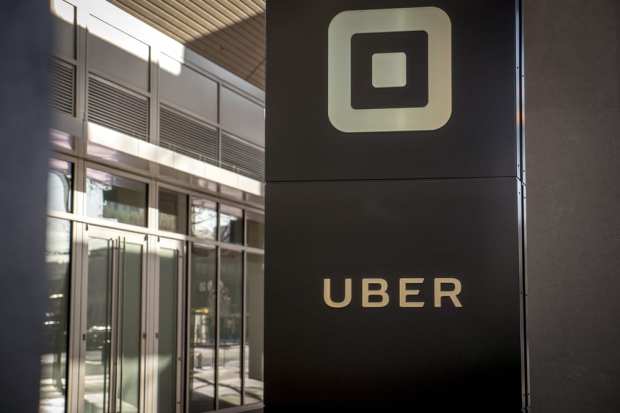As Uber IPO Approaches, Challenges And Anxieties Abound

Here it comes, the big initial public offering (IPO) from Uber, a highly anticipated event set for Thursday (May 9). But there’s a lot to get through before it happens, including a possible strike, along with a reasonable level of concern about how investors will react, given the recent IPO history and experience with Uber’s smaller rival, Lyft.
As PYMNTS readers know, the journey to the Uber IPO – set to be the biggest in payments history – also represents a significant, even historic, journey for payments. Uber has done more than most – perhaps more than any other business – to set the standards and consumer expectations for what we now consider “seamless” payments. And the phrase “the Uber of …” has become as big a part of the language as the use of “Google” as a verb.
Similar to how Amazon quickly outgrew its roots as a mere online seller of books, Uber, now 10 years old, has moved well past its infancy as a company that matched consumers in need of rides to drivers willing to give those rides in exchange for some extra scratch. It has since evolved into a logistics platform that is integrated with payments. And after more than a few quarters of mixed-bag results, its ridership has increased in advance of the company’s IPO.
That said, there are challenges and concerns for Uber during its expected IPO week. Among them is a planned rideshare strike in New York City on Wednesday (May 8), involving drivers for Uber and Lyft. Similar action reportedly could take place in other U.S. cities, too. At issue is the pay for Lyft and Uber ridesharing drivers, along with demands for better job security.
More significant are the ongoing anxieties among some investors and observers about Uber’s inability to make a profit, along with the approximate 20 percent decline in Lyft’s stock prices since that company’s IPO. Indeed, investors have already sued Lyft over allegations that it overhyped itself for the IPO. The stock was affected by Uber’s own looming IPO, which gave investors a different horse to bet on in the ridesharing industry.
As PYMNTS has reported, there is confusion about how to measure and compare the two ridesharing pioneers, each of which use differing metrics for certain important financials, including gross bookings. Not only that, but according to a PYMNTS column from Karen Webster, pundits have attributed the drop to overzealous investors who may have since sobered up, perhaps even more quickly after having gotten a good look at the financial performance of the global ridesharing goliath that defined the space. That look has many of those same pundits now fretting over how to value both adequately, since apple-to-apple comparisons, they say, are hard.
Still, Uber and Lyft are significantly different companies with significantly different offerings. Simply put, as Lyft seems content to focus on transportation, based on company activities and comments from Lyft executives, Uber is trying to build an ecosystem centered around transportation and payments.
For Uber, transportation is a platform feature that is central to its business, but not its end game. One need only look at Uber Eats for confirmation of that, but it goes further. Uber is working its way deeper into payments via Uber Cash, for instance, while also eying new partnerships that involve food, car rentals, freight and other areas. In a letter that came with the Uber IPO prospectus, CEO Dara Khosrowshahi wrote that Uber is “still barely scratching the surface when it comes to huge industries like food and logistics.”
By contrast, Lyft’s marketplace of drivers and transportation alternatives gives consumers access to a variety of cost-effective options, so they don’t have to buy cars or drive them as much. Indeed, John Zimmer, Lyft’s co-founder, said during the company’s IPO roadshow that Lyft is “solely focused on consumer transportation.” Simply put, Lyft is more interested in providing consumers with an alternative to owning cars than doing anything else. It seems to have no big Uber-like ambitions.
More clarity about what investors really think when it comes to Uber and its place in the larger world of payments and commerce will come later this week. Get ready. The ride’s about to shift into higher gear.
